Notoscyphus Mitt.
rose moss
Jungermanniaceae
other leafy liverworts (e.g., Jungermannia) and potentially some mosses
tropical Asia and portions of the Southern hemisphere
Notoscyphus lutescens (Lehm. & Lindenb.) Mitt. is rarely available
not weedy
attached leafy liverwort
Liverwort with leafletleaflet:
(n) one of the leaf-like units of a compound leaf
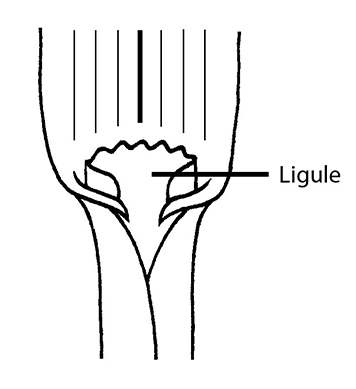 -shaped thallusthallus:
-shaped thallusthallus:
(n) a photosynthetic plant body that is not (or apparently not) differentiated into stems, roots, and leaves
 lobes. Non spore-producing generation (gametophytegametophyte:
lobes. Non spore-producing generation (gametophytegametophyte:
(n) the gamete-producing haploid phase in the plant life cycle; in some lower vascular plants it is multicellular and independent
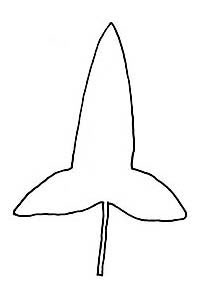 ) is dominant, forming a mat of yellowish-green stems, sometimes red with age; prostrateprostrate:
) is dominant, forming a mat of yellowish-green stems, sometimes red with age; prostrateprostrate:
(adj) growing closely along the ground
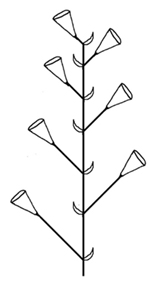 to ascending, branching infrequent; Laterallateral:
to ascending, branching infrequent; Laterallateral:
(adj) on or pertaining to the side of an organ or structure
 leaves nearly horizontal, obliquely inserted, short, oblongoblong:
leaves nearly horizontal, obliquely inserted, short, oblongoblong:
(adj) two to four times longer than wide, with +/- parallel sides
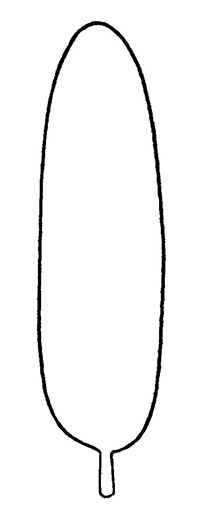 to ovateovate:
to ovateovate:
(adj) egg-shaped in outline; generally with the broad end at or near the base
 , unlobed or slightly 2-lobed. Rhizoids simple, hyalinehyaline:
, unlobed or slightly 2-lobed. Rhizoids simple, hyalinehyaline:
(adj) thin and translucent or transparent
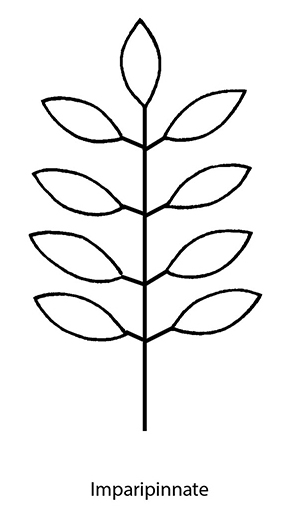 , usually in groups at underleaf bases. Underleaves 2-lobed. Spore-producing generation (sporophyte) emersedemersed:
, usually in groups at underleaf bases. Underleaves 2-lobed. Spore-producing generation (sporophyte) emersedemersed:
see emergent
 . Dispersal by spores and stem fragments.
. Dispersal by spores and stem fragments.
shaded, damp soil in partially disturbed ridgetop forests and secondary montane rain forests
Notoscyphus lutescens is a leafy liverwort in a genus comprising five species. It is incorrectly referred to as a moss in the aquarium trade and often misspelled as Notocyphus lutescens.
Both Jungermannia and Notoscyphus are typically yellowish-green in color, but depending on growing conditions Jungermannia can be brown and Notoscyphus can become red with age. The most distinguishing character is the absence of underleaves in Jungermannia and the presence of 2-lobed underleaves in Notoscyphus.